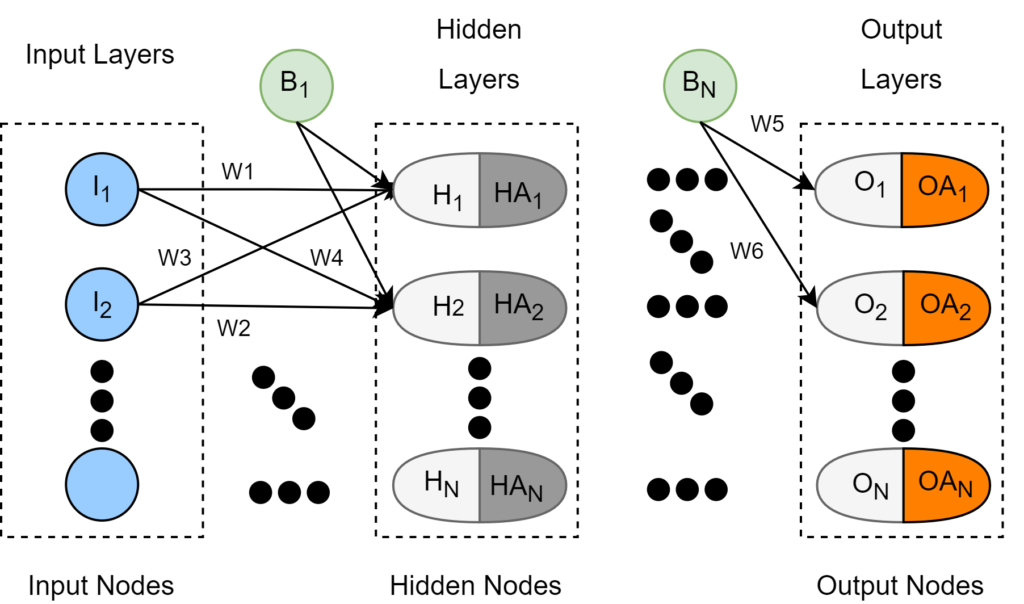How much energy a battery holds?
- Posted by Admin
- Posted in Research and Innovation

Wireless sensor networks (WSNs) are constrained devices that run on small batteries. The battery energy availability, device drive cycles, and climatic factors all affect the node lifetime. The state of charge (SoC) of the batteries is an important factor in determining how much energy is available, that is crucial for predicting device lifetime and ensuring safe device operation. This work presents feedforward neural networks to estimate the
adaptive SoC of various battery types. The training data for three different batteries: lithium-ion, nickel-metal hydride, and lithium polymer was used. To calculate the SoC, battery data such as voltage, capacity, and temperature were directly mapped. For each battery parameter, the model was trained at temperatures
ranging from 5°C to 45°C. The performance measures Mean Squared Error (MSE) of (2.72%) and Root Mean Squared Error
(RMSE) of (1.65%) resulted in an estimation accuracy of (97%)on average. Finally, the model was implemented on ARM Cortex M4-based micro-controllers, allowing for precise estimation of
real-time on-line SoC on WSN nodes.
Read the article.
